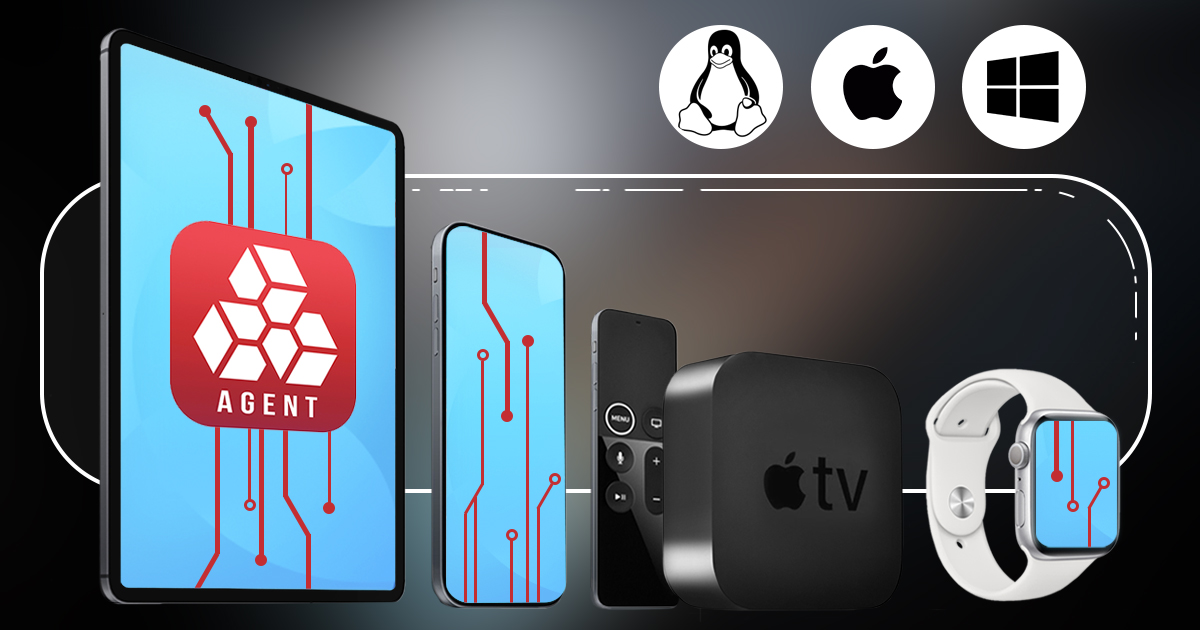Modern wireless networks are securely protected with WPA/WPA2. The most frequently used method of securing access to a wireless network is pre-shared passphrase, or, simply put, a text password. The WPA standard enforces the minimum length of 8 characters for all Wi-Fi passwords. Considering the relatively low performance of WPA/WPA2 password attacks, brute force attacks are rarely effective even when performed with a network of GPU-accelerated computers. In this article, I will show how to attack wireless passwords for the purpose of security audit.
We’ve recently updated Elcomsoft Distributed Password Recovery, adding enhanced GPU-assisted recovery for many supported formats. In a word, the new release adds GPU-accelerated recovery for OS X keychain, triples BitLocker recovery speeds, improves W-Fi password recovery and enhances GPU acceleration support for Internet Key Exchange (IKE).
If you care about password cracking, hardware acceleration or Wi-Fi protection this interview with our friend Sethioz is certainly for you. Being currently a freelance security tester Sethioz kindly shared his experience in cracking passwords using video cards, which in its turn derived from his gaming interest in cards. His personal experience may be very helpful to those whose concern about password cracking is not trivial.
Securing home Wi-Fi remains uncertain when it comes to law. Some urge users are not liable when they use default security settings and it is manufacturer who is guilty when/if wireless network was ‘successfully’ abused. Others put whole responsibility on users. This is practically a question to law and usually its resolution depends on lawyers’ skills to gather and manipulate the details. Your security encompasses not only security against the law when you happen to fall a victim to an intruder, but also protection against that very intruder. In the long run, it’s up to you whether to endeavor to prove your innocence or take measures to build a reliable fence.


